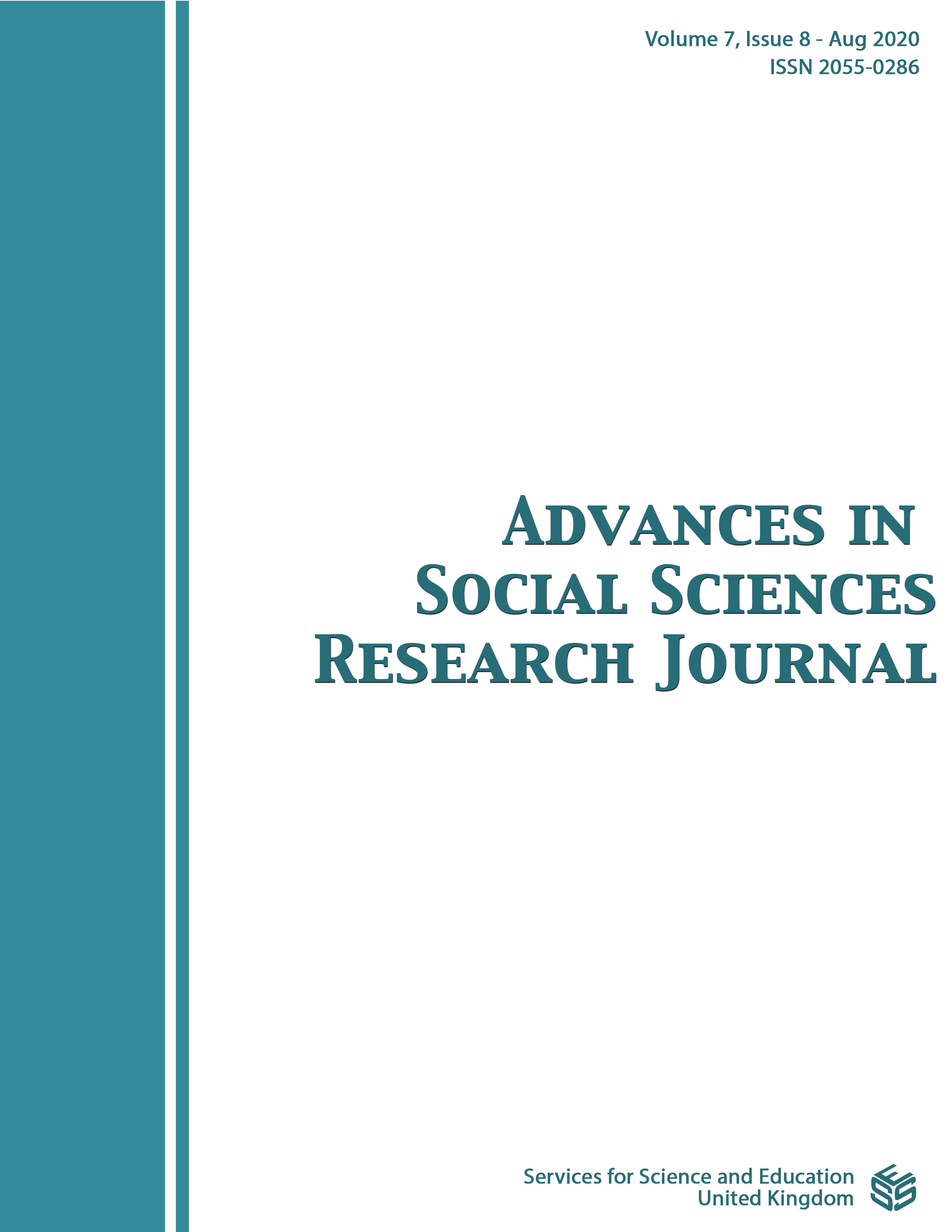Teaching and Learning the Awareness of Existence in English Existential Sentences
DOI:
https://doi.org/10.14738/assrj.78.8795Keywords:
English existential sentence, linguistics, intercultural learning, language education, English grammar teaching, ESLAbstract
This present study investigates the reasons that cause Chinese students’ difficulties, in learning English existential sentence, there-be structure. A set of questions are designed to examine their awareness of ‘existence’ in both languages. 609 participants attain this study. After data analysis, two findings indicate: (1) Students are used to selecting location as a subject starting an existential sentence which is similar to Chinese syntax, and there-be might be considered of using only when location is not given. (2) With the influence of Chinese syntax, the awareness between the place and the main noun forms because that a thing/object as a subject keeps have / has as its verb could change sentence construction and cannot effectively express the original existence in English. Therefore, this grammatical error stems not only from differences in awareness of existence between languages, but also from different grammar expressions about existence. In addition, in Chinese, existence (there-be) and possession (have/has), are expressed and translated by the only one Chinese character ‘有’. Most teachers normally adopt “have” idea to help interlingual translation to learn EES. However, this teaching might lead to a potential difficulty for students to be aware of existential difference between English and Chinese.
Downloads
Published
How to Cite
Issue
Section
License
Authors wishing to include figures, tables, or text passages that have already been published elsewhere are required to obtain permission from the copyright owner(s) for both the print and online format and to include evidence that such permission has been granted when submitting their papers. Any material received without such evidence will be assumed to originate from the authors.






